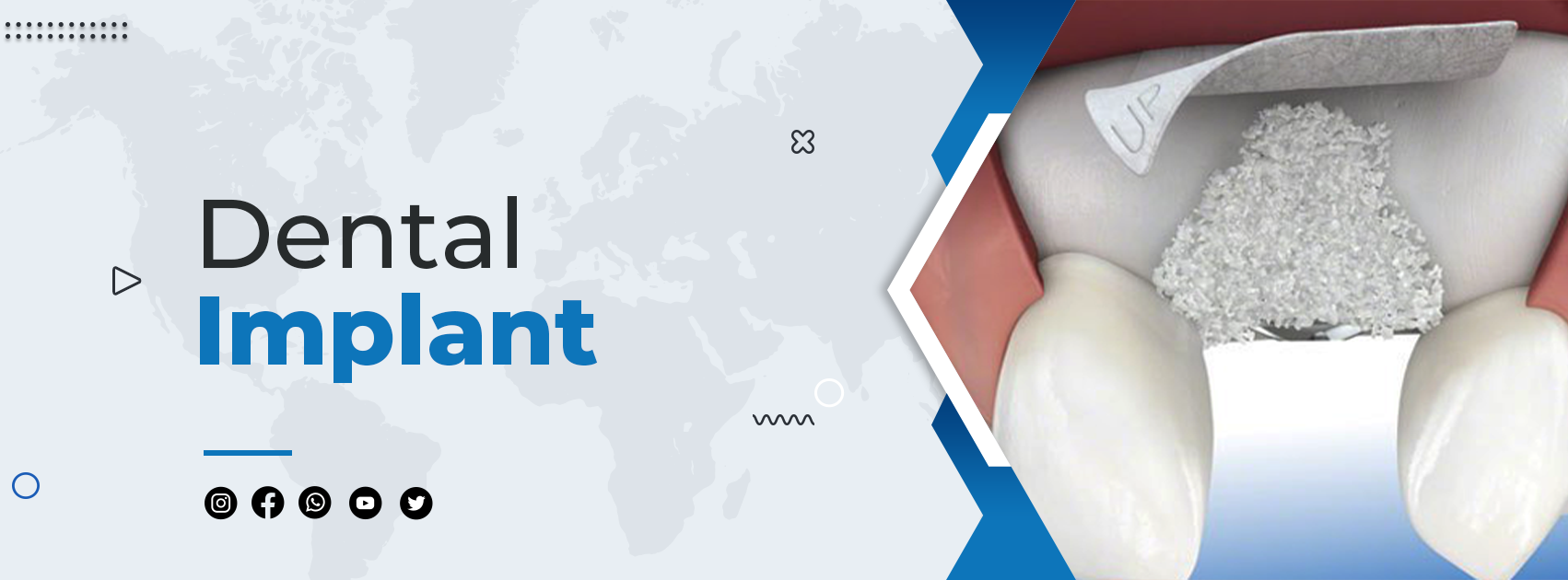
Bone Graft for Dental Implants
If an adult of good general health loses a tooth due to periodontal disorder, accident or other illness, a dental implant is an effective, secure and long-term cure. Implants feel and look normal, and when the cycle is through, they work just like real teeth. Your oral surgeon may often speak to you about getting a bone graft for dental implants if he feels that the jawbone is too weak or fragile to hold the implant in position in its present state. Once teeth are missing, the bone that was supposed to protect them starts to break away or "resorb." Bone-supporting teeth can often be damaged while you have periodontal (gum) disorder. If the bone is unable to sustain the implant, the implant surgery can malfunction.
Bone graft is a medical technique to restore or reconstruct bones via bone tissue transplantation. Your dentist will restore bones and supportive tissues that are absent through transplanting good bone tissue. The most popular form of bone graft is the socket graft. The primary aim of a socket grafting is to avoid the atrophy of the alveolar bone until it can arise. As a perk, getting one of these grafts minimizes post-operative discomfort from implant surgery. The next form of bone graft is named lateral ridge protection graft. These grafts are used to increase the breadth of the jawbone to support a dental implant.
Once the operation has been finished, you should be given antibiotics to avoid infection. For certain instances, pain relief is often given. Some people who undergo bone grafts are fully pain-free and perform only well just if they take antibiotics. For a skilled surgeon, bone graft operations and dental implants themselves can be time-consuming, but the outcome is worth preparing for: good teeth and a smile that everyone would be happy to show.
Follow us on social media;
May 24, 2022